Bologna's Green Stronghold - Villa Ghigi
A city is not fully completed without its green lungs – parks or patches of forrest – in any case, a bit of greenery which provides peace, quiet and escape from the busy streets of most urban areas in contemporary surroundings. In Bologna's case, searching for a bit of greenery and peace, its inhabitants and visitors will find Villa Ghigi, proudly standing on the neighbouring slopes, overwatching the city.
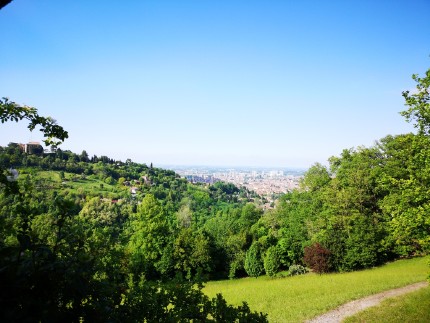
This park, which is owned by the city, opened to the public in 1974. Its name pays homage to the most recent private owners, the Ghigi family. It is located in the hills that rise just south of the city, only two kilometres from Bologna's Piazza Maggiore, in an area that is full of biodiversity and historic locales (Ronzano, Osservanza, Villa Aldini, and Villa Baruzziana). The park extends over twenty-nine hectares and has three entrances. In the centre of the park, one finds Villa Ghigi, which today is in an abandoned state, and the adjacent home of the caretaker, which has been repurposed for use as a refreshment area. This building with a nineteenth-century appearance overlooks the city from its wonderful panoramic position. During the centuries, the state changed its owners many times, to finally land in the possession of one Callisto Ghigi (in 1874), and stayed in the family until 1972. The estate, including the small farms—Becco, Palazzino, Tre Portoni, Stradelli, and San Michele (the current park includes the first two and a large part of the land from the third)— took up more than 50 hectares at the time. The Ghigi family also owned a home in the city and, as was the tradition at the time, came up to the hills in nice weather, for holidays or to oversee the activities on the farms, which were turned over to sharecropping families. Callisto, who was very interested in botany and ornithology, is certainly the one responsible for some of the ornamental elements including exotic trees.
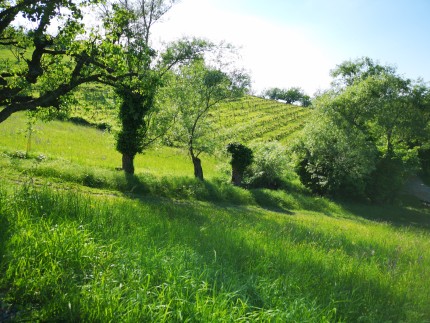
One of Callisto’s sons, Alessandro (1875-1970), lived in the villa for almost all of his life, showing an interest in the natural sciences from the time he was a child. In 1922, he became a tenured professor of zoology at the University of Bologna, and was dean from 1930 to 1943. At the villa, he focused on raising doves and exotic pheasants, and he had numerous aviaries. He founded and was a key figure in various associations and institutes for the study and conservation of flora and fauna. He is considered a trailblazer in nature conservation in Italy and, especially after the war, he worked tirelessly on initiatives that favoured the national parks and the protection of Italy’s natural beauty. When Ghigi died in 1970, his heirs sold the villa and part of the land to the city of Bologna, while two farms went to private buyers. The park, after undergoing works to make it suited to its new function, opened to the public in 1974.
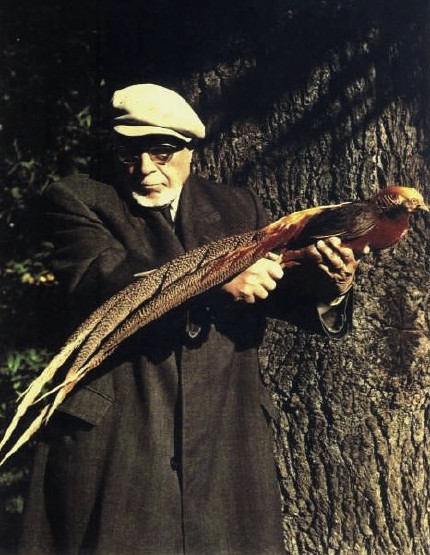
Thanks to the variety of different environments and its pristine natural state, the park perfectly exemplifies Bologna’s hilly landscapes, allowing visitors to appreciate its many different aspects: large plots of arable land that today have become meadows, some of which have been allowed to return to their wild state; portions of vineyards and vegetable gardens; swaths of wood, different in type and origin; and an ornamental grove of trees framing the villa. Between plenty of impressive trees, the large Himalayan cedar (Cedrus deodara) truly stands out, dominating the meadow in front of the villa. It was planted by Callisto Ghigi when he purchased the property (unfortunately, two other similar trees from the same era died decades ago).
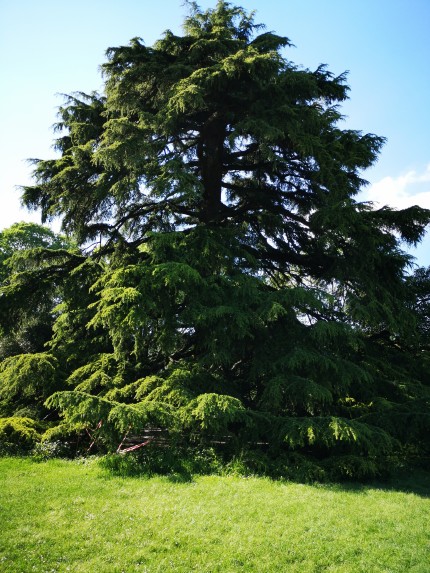
The rewilding of large swaths of the hillside after the decrease in agricultural activity has meant that wildlife has returned in the last few decades, and birds and mammals are now more a regular than occasional presence. Thanks to its location, the park is like a hillside stronghold overlooking the city, with fauna that includes species typical of urban parks and orchards as well as hill species. Hare, foxes, and badgers hide their nests and lairs in the thickest areas of shrubbery or trees where the discovery of spines testifies to the fact that there are porcupines here too. Wild boar and roe deer are frequent visitors, especially during the winter months. Recently, wolf tracks have been spotted, and wolves have been found in the hills of Bologna for quite some time. Local birds are the most numerous, easy-tospot component of the park, and, for the example, near the foundation headquarters in summer, it is possible to see a rare toad from the Apennines (Bombina pachypus) that is protected in Europe.
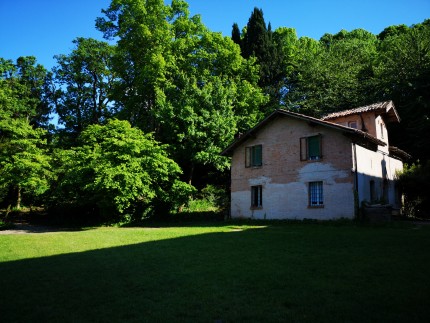
In 1980, the city of Bologna—acting on the desire of various nature associations with ties to Alessandro Ghigi, decided to create a centre in the villa with the aim of managing the park, conserving nature, and educating about natural sciences. The nascent Centro Villa Ghigi, which began operating in early 1982, immediately took on an important role thanks to its first president, Delfino Insolera (1920-1987). Insolera brought an original and refined idea of a commitment to education and the sharing of information, skills he’d honed his entire life. Under Insolera’s leadership, the centre launched a series of guided visit initiatives for schools in Bologna, and these were an immediate success. These initiatives recruited groups of young students or new graduates with expertise in natural sciences, farming, and similar disciplines who were skilled in these types of educational activities, and this was the first core of the organisation, which continued over the years, while progressively expanding its activities over the years.
In 2001, the Fondazione Villa Ghigi was established, with the city of Bologna, province of Bologna (now known as the Città Metropolitana of Bologna), and University of Bologna as founding members. For almost forty years, the centre and now the foundation have played a fundamental role in environmental education in Bologna and throughout the region (the foundation is considered one of the premiere centres for environmental education and sustainability in the Emilia-Romagna region). They have published numerous educational publications, launched surveys and initiatives locally for the city of Bologna and other organisations, and planned events focused on the environment.
For decades now, the park has been well-known and much appreciated by schools and Bolognese citizens, who frequent it regularly. There are classes that visit for educational purposes, families who participate in workshops and summer camps organised by the foundation for kids and teens, citizens who enjoy guided excursions throughout the park and neighbouring areas, as well as courses and other initiatives. The foundation’s website lists all of these educational activities every year.
Speaking about “Nature” cannot substitute the experience of seeing and touching nature. The work that the Foundation is trying to do at Villa Ghigi is a necessary complement to classroom study, if they want to serve as a starting point for coming to truly understand the area where one lives. Mere knowledge of the local area is not enough, but it is certainly necessary for all of us to begin making better use of it. To conclude with a quote from Alessandro Ghigi:
"We need to reinforce the study of natural sciences in schools… (…) And now that the university is paying attention to this area in the interest of preparing citizens in matters of nature along with the need to conserve natural resources, we need to prepare teachers to teach and to understand what needs to be taught to young people (….). For example, they need to be able to speak about Virgil’s “Georgics” not just in terms of the beauty of the poetry, but also about the important parts that highlight life in the fields and the mysteries of nature." La natura e l’uomo, 1955
All the information in this article has been collected from the Villa Ghigi Leaflet, available for free download here.
